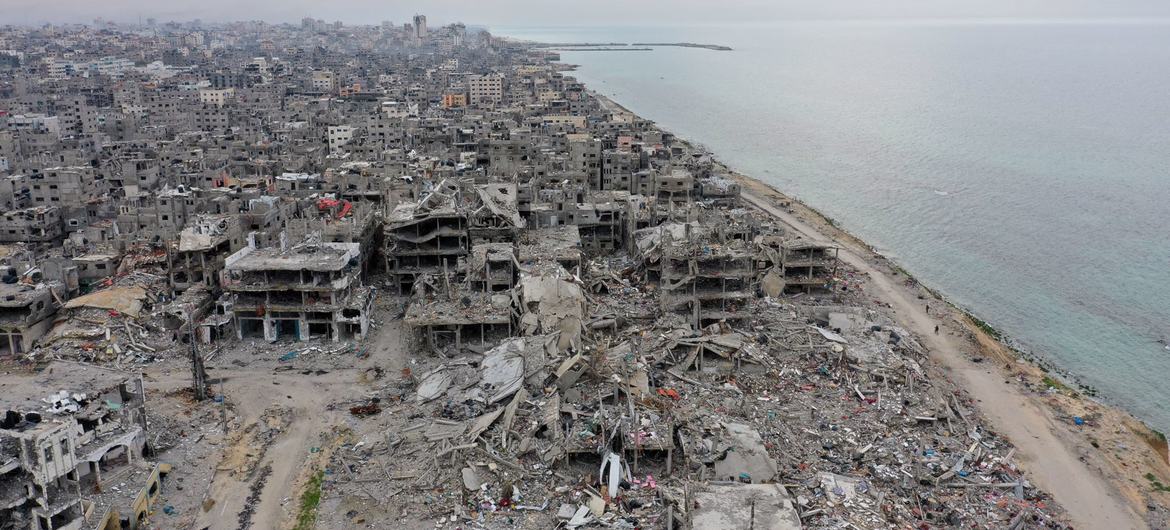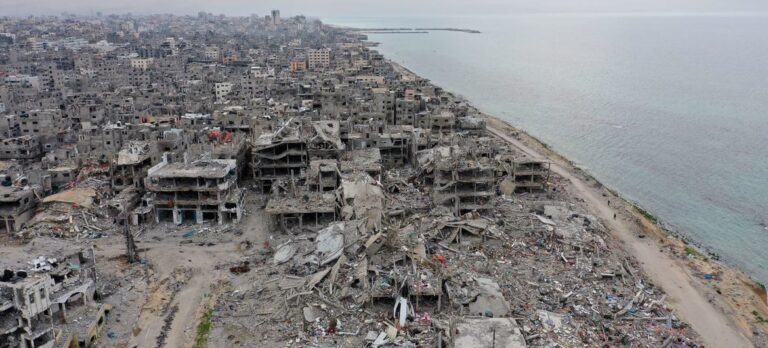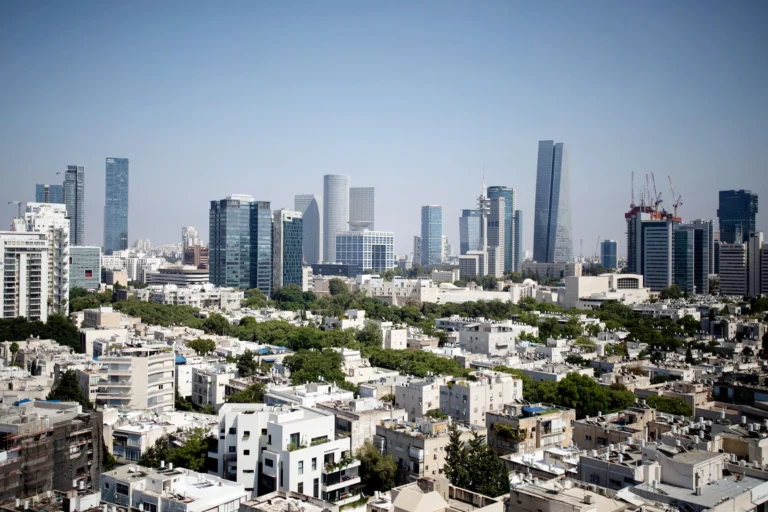The monumental task of clearing unexploded ordnance (UXO) and mines from the Gaza Strip could take up to 30 years, according to a recent statement from an international NGO representative, underscoring the severe, long-term threat to civilian life and reconstruction efforts.
This grim prognosis comes as the world grapples with the scale of destruction following the conflict, with the territory overwhelmed by a lethal combination of dense urban rubble and a high concentration of unexploded weapons.
Unprecedented Scale and Complexity
The decades-long timeline is a reflection of the unique and severe challenges in Gaza:
- Massive Contamination: Experts from the Halo Trust, a leading mine-clearing organization, recently estimated that two years of bombardment have resulted in 61 million tonnes of debris, which they believe is burying approximately 7,500 tonnes of unexploded bombs. The sheer volume of material is about 20 times the debris from all previous Gaza conflicts combined.
- Urban Warfare Hazard: Unlike clearance in open fields, the work in Gaza is complicated by highly dense urban rubble. UXO is often lodged within the wreckage of destroyed multi-story buildings, making detection and removal extremely complex, time-consuming, and costly. Clearance operations in such environments are significantly more difficult and expensive than in rural areas.
- High Failure Rate: The volume of munitions fired during the conflict means a high number of duds. The UN Mine Action Service (UNMAS) previously estimated that between 5% and 10% of munitions may have failed to detonate, a risk amplified by the estimated 70,000 tonnes of explosives reportedly dropped.
Immediate Dangers to Returning Civilians

The presence of explosive remnants of war (ERW) poses an immediate danger to the thousands of displaced people returning to their homes and humanitarian aid workers.
“The risks are enormous,” stated a representative for Handicap International (a specialist in mine clearance), as displaced families often return to clear their land or sift through rubble, accidentally triggering concealed ordnance. UNMAS and partners are currently focusing on Explosive Ordnance Risk Education (EORE) for communities, especially children, and training humanitarian teams to navigate the danger.
Call for Funding and Access
To begin mitigating the risk, international organizations require immediate and unhindered access:
- Logistical Barriers: UNMAS reports that its teams have been unable to conduct large-scale survey operations due to restrictions, and specialized equipment, including armoured vehicles and destruction tools, is still awaiting necessary authorisations to enter the territory.
- Funding Gap: The Halo Trust is planning to deploy 100 bomb disposal experts and estimated a multi-year plan costing tens of millions of dollars annually to make reconstruction and aid delivery safe, highlighting the enormous financial undertaking required from the international community.
The successful demining of Gaza is a critical precursor for any large-scale reconstruction, a process that is already estimated to require billions of dollars and many years to restore the 78% of damaged or destroyed buildings.





